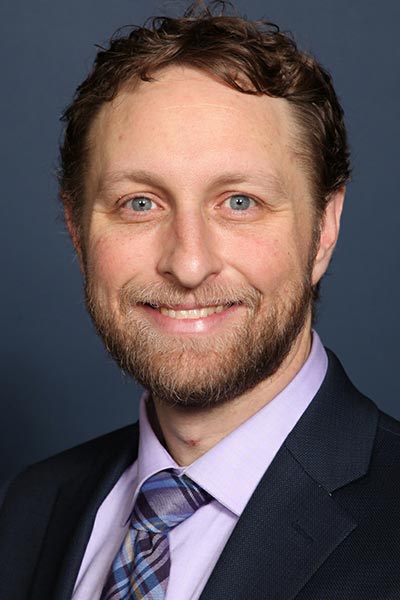
Poster presenter: Daniel Barnett, DO, PhD, Pediatric Rheumatology Fellow, UPMC Children’s Hospital of Pittsburgh
Poster title: Endothelial Cell Biomarker Expression Suggests Increased Cell Adhesion in Juvenile SSc, Increased Cytokine Expression in JDM, and an Intermediate Phenotype in Overlap Syndrome Patients
Poster Session C: 10:30 a.m.–12:30 p.m. on Tuesday, October 28
What is your poster about?
“Both juvenile systemic scleroderma (jSSc) and juvenile dermatomyositis (JDM) have known findings of vasculopathy, including blood vessel changes and signs of inflammation in and around blood vessels on clinical exam and in tissue samples. Although these are likely important drivers of disease, we don’t have a good understanding of how this causes disease or have biomarkers to follow the activity of vascular changes. By analyzing several biomarkers in blood plasma, we identified significant differences between jSSc and JDM samples, with JDM showing more increases in biomarkers of blood vessel proliferation (Ang2, Tie2) and specific inflammatory activity (CXCL10, Gal9), while jSSc showed increases in biomarkers of cell adhesion and migration (PECAM1, VCAM1, ICAM1), with intermediate or mixed findings in patients with jSSc and JDM overlap syndrome. This is suggestive that the mechanisms of vascular inflammation in JDM and jSSc may be different and could possibly be monitored by blood tests, and suggests investigation of additional approaches to more effective treatment may be warranted if further validation confirms these findings.”
Why did you decide to investigate this topic?
“This project was the result of a collaboration between the University of Pittsburgh and University of Michigan pediatric rheumatology divisions. We have been working on related areas examining the role(s) of endothelial cells and vasculopathy in jSSC (Pitt) and JDM (Michigan) disease activity. There is a unique set of patients with jSSC/JDM overlap that suggests there could be similar disease mechanisms between the conditions. While reviewing some of our recent findings, we asked the question whether a similar mechanism may underlie both JDM and jSSc vasculopathy, and whether we may be able to see a blood signature of this change in our patients. By working together, we felt we had an opportunity to answer the question better with combined samples from our respective biorepositories to test the question.”
What are you working on next related to this research?
“We are continuing further sample analysis to better verify these findings, re-examining some of our prior analyses for additional evidence to support these mechanisms of disease, and planning for ongoing functional lab studies to understand how these mechanisms may cause the findings of JDM and jSSC.”
What excites you most about your work?
“Over the last 20 years, I have had the opportunity to work in many areas of research and medicine, but I always get excited at the prospect of new ways to detect and treat disease. Both of these diseases can cause significant damage and disability. I am forever hopeful that our work will improve patient lives in the future.”
What are you most looking forward to at ACR Convergence 2025 in Chicago?
“I always look forward to seeing colleagues, building my rheumatology knowledge, and learning about the many new findings that have been discovered over the last year.”
Don’t Miss a Session

If you can’t make it to a live session during ACR Convergence 2025, make plans to watch the replay. All registered participants receive on-demand access to scientific sessions after the meeting through October 31, 2026.
